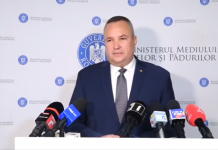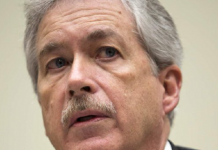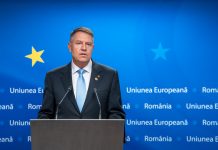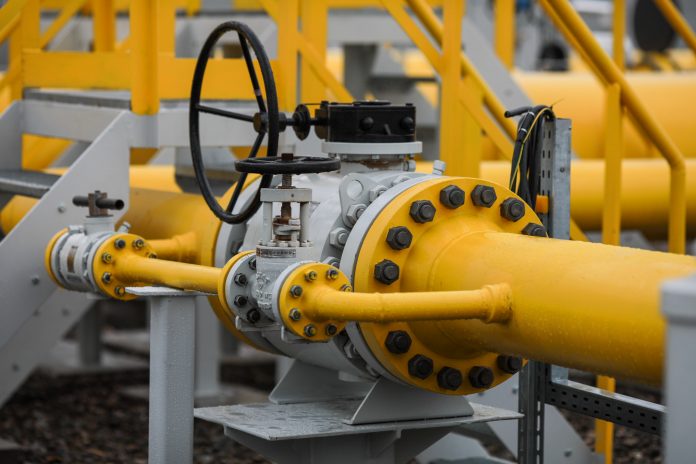Romania says it has completed the first phase of an ambitious European Union-backed gas pipeline project that connects Bulgaria, Romania, Hungary, and Austria.
The building of the pipeline has been fraught with problems and the latest milestone in the mega-project was no exception with a Romania official using the occasion for historic one-upmanship
The first move came from Hungary whose national gas transporter FGSZ announced a test on the pipeline on Dec.2.
The CEO of Romania’s national gas transporter, Transgaz, Ion Sterian, took a dig at his Hungarian colleague who was born in Romania where he lived until he was 18.
Transylvania was part of the Austro-Hungarian empire until the end of WWI when became part of Romania.
Apparently irritated by the choice of date, a day after Romania celebrates reunification with Transylvania, Mr. Sterian assured his colleague that everything was functioning to plan. “We will have at least 200,000 cubic meters an hour and the pipe is functional just as the relationship with Hungary is functional, and we will be able to deliver (an annual) 1.75 billion cubic meters.”
He then added: “It will be the day after the national celebrations, and we will celebrate it together.”
That may have stung as many Hungarians regret the loss of territory.
However, on paper, the project is good news. It will increase Romania’s natural gas export and import capacity to Hungary to 1.75 billion cubic meters per year and by 1.5 billion cubic meters to Bulgaria.
The project if realized, is intended to supply south, central and eastern Europe with Romanian gas as an alternative to Russian supplies.
The first stage costs 479 million euros of which 179 million was a European Union grant. National gas transport company Transgaz managed the project.
But Romania and Hungary’s natural gas operators have already run into problems. They temporarily halted the implementation of pipeline in April, due to a lack of sufficient interest among buyers to purchase capacity in the pipeline.
However, economy ministry senior official Dan Dragan was more upbeat.. He said once the project was operational it would “ strengthen Romania’s energy independence and ensure the diversification of gas sources. “
The second stage of the project envisages connecting to future offshore gas exploitation sites in Romania’s Black Sea waters which would allow Romania to export some of the Black Sea production to Hungary and Austria.
U.S. Ambassador Adrian Zuckerman said in September that Romania had shown “commitment to a strategic infrastructure that will diversify natural gas sources, including the Bulgaria-Romania-Hungary-Austria or BRUA pipeline and the pipeline that will feed the gas from Black Sea Oil & Gas onshore gas treatment plant into the system.”
Black Sea Oil & Gas is backed by the Carlyle Group and The European Bank for Reconstruction and Development (EBRD).



















